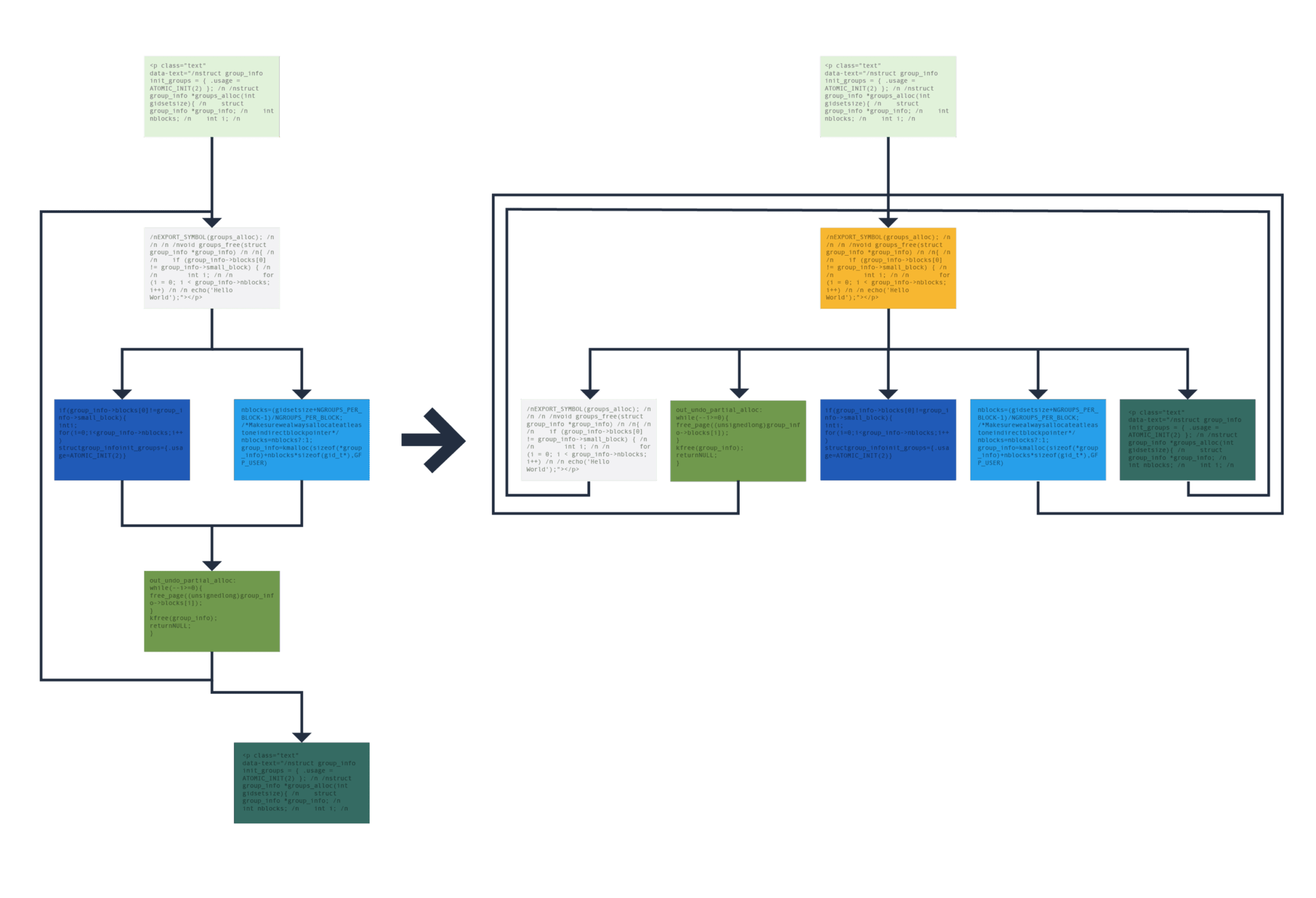Control Flow Flattening
Control flow flattening is a code obfuscation technique that takes the natural structure of your app’s logic and reorganizes it into one or more switch statements, each with multiple case blocks that replace original functions and logic segments. The execution order is intentionally shuffled, and additional logic is inserted to break linear flow. Once flattened, the original order and purpose of the protected code is hidden from attackers, because the logic of the switch statements is non-linear, making it hard to follow and reverse engineer.
With advanced configurations, control flow flattening can be pushed further by breaking up large functions into smaller, disjointed code blocks and removing clear hierarchical relationships between functions.
Ready to discuss how Control Flow Flattening can help you meet OWASP MASVS application security recommendations? Talk to a security expert today.
Request a Demo

The Power of Control Flow Flattening
Block size and complexity can be adjusted to introduce more branching and noise. When layered with other obfuscation techniques, control flow flattening creates a highly fragmented and nonlinear control structure that’s difficult to analyze both statically and dynamically. This not only slows down reverse engineering but also degrades the effectiveness of automated tooling like deobfuscators and static analyzers.
Why is Control Flow Flattening Important?
Control flow flattening is a strong defense against reverse engineering and is especially valuable in industries where software security is critical, such as finance, healthcare, and defense. The complexity introduced through well-executed control flow flattening hides key components from attacks that could expose vulnerabilities or uncover proprietary technology. When combined with other security measures like encryption and access controls, control flow flattening is an essential component of a comprehensive software protection strategy.
